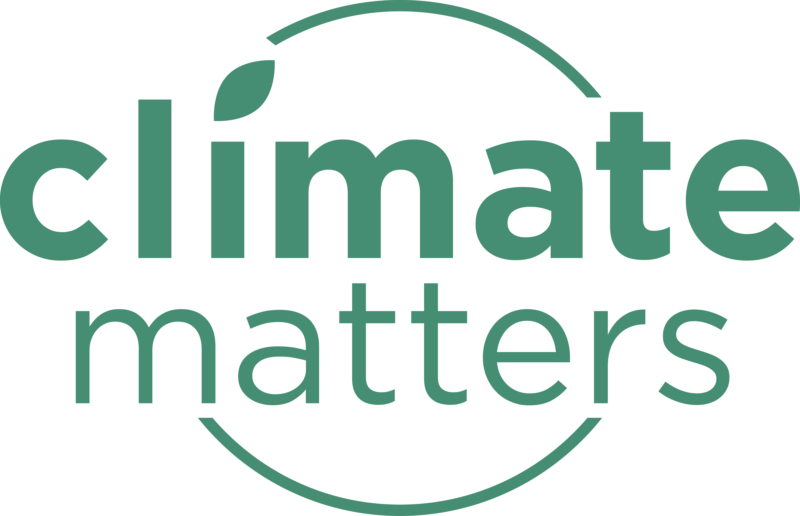In a recently published study on the Rise of Pandemic Pundits (International Journal of Communication, May 2025), Prof. Michael Brüggemann and I analyzed TV news coverage during the COVID-19 pandemic in Germany, Israel, and the United States. We focused on key actors and the context of their appearances. Our findings show that journalists and anchorpersons dominated the screen, alongside politicians and public officials, while scientists occupied a significantly smaller share of screen time.
Still, scientific representation varied across the three countries. American TV news featured the highest proportion of scientists, but these actors were embedded in political contexts—we termed them “scientific officials.” In contrast, German TV presented the most autonomous form of scientific communication, featuring “sober scientists.” Israeli TV coverage lagged behind in its showcasing of scientific expertise, instead relying heavily on “dominant journalists” and “in-house experts” (on-demand recurring ‘semi-experts’) who filled the scientific gap.
We identified “pandemic pundits” as a rising phenomenon: politicians, scientists, and journalists who offer semi-expertise or quasi-expertise intertwined with personal opinion. We argue that the growing reliance of news media on punditry poses a risk to the accuracy and quality of information they present.
During crises, the role of news media is crucial. They are expected to deliver coherent, science-based information, promote transparency, and act as responsible intermediaries between governmental authorities and the public. When it comes to climate issues, media face additional challenges due to the complexity and scale of related events.
Nevertheless, the responsibility lies with the newsroom.
The United Nations’ Climate Action website offers a useful guide for communicating climate change. It recommends the following principles: (1) Use authoritative scientific information: rely on credible sources and actively combat misinformation. (2) Convey the problem and its solutions: present the seriousness of climate change alongside hopeful, solution-oriented messages to keep audiences engaged. (3) Mobilize action: inspire both public will and government response through collective efforts and systemic change.
Those engaged in climate communication must follow these principles and be especially discerning about their sources. For example, here is a list of influential climate experts from around the world, of different fields, such as politics, civil society, and academia.
As both producers and consumers of news, we should seek out credible experts and remain mindful of media’s tendency to fill airtime with pundits who might be informative––but might be semi-, quasi-, pseudo experts.

